If you thought that in the States we had something pretty crazy with Halloween, wait until you spend Dia de los Muertos, the annual three-day holiday of October 31, November 1 and November 2, in Oaxaca, Mexico.
Yes, like Halloween all over America, there are some kids dressed in costume, trick-or-treating for pennies. And, like in San Francisco and New York, there are parades down the street as well. But the comparison ends there and to think it’s the same would be missing the point.
The thriving cultural center of Oaxaca is famous for its many indigenous peoples, the handcrafts they produce, and all traditional celebrations such as Noche de Rabanos around Christmas time, and Guelaguetza, a festival of the corn harvest held in July.
The focus of this particular Mexican national holiday is the Celebration of The Dead, and being there is a once-in-a-lifetime experience.
Celebrating The Dead in Style
The goal, which is to remember the Dead and respect them, is achieved by spending the better part of two days in the local cemeteries, bringing to the graves flowers, favorite foods, pictures and tens of other offerings — even a Mariachi band — and sometimes to make paths of flower petals and lit candles that lead right to their graves in case the family ancestors have lost their way.
Altars that represent “heaven” are built, with everyone taking part in their construction. Teenagers from the local art schools cut, paint, and paste all day, building backgrounds for the very elaborate altar stands commissioned by individual families.
October 31: The Eve of the Dead
The first day of the celebrations, the eve of The Day of The Dead, is spent in preparations. First thing in the morning, people go to the huge Oaxaca central market, where we went and where all Oaxacans go, called the Mercado de Abastos. This is where thousands of yellow marigolds and other flowers, nuts, fruits, chocolate balls and all kinds of skulls and skeletons, some home made and some made in China, are sold.
Our group of travelers, part of a cultural tour, had committed to building an altar along the patio wall of the Pantheon General de San Miguel Cemetery where our guide, Diego Cruz, had secured a good spot. After we left the market, off we went to the cemetery where we were competing with many other families and where it took the better part of the day to complete our altar. We made garlands of small apples, hung flowers and paper, and burned incense in a special pot.
When everything is ready, in the late afternoon, people go back home and some time is taken for dinner. The celebration begins late at night and extends into the 1st of November. The streets near the local cemeteries are crowded with tourists and locals. Everyone has bunches of orange and purple flowers, and there are food stands everywhere that stay open all night.
November 1: The Day of the Dead
Some cemeteries, such as the Pantheon De San Sebastian a bit outside of town, are where families dress their ancestors’ individual graves; some, like the one we worked in, have common space for families to build altars at the site.
The mood at night is both festive and somber. Large families with children of all ages gather around the graves and, having brought small folding chairs from home for the all-night vigil, they drink mezcal or simply sit.
What impressed me the most was the intense joy along with the seriousness of it all. The connection between the family members, dead and alive, was almost palpable. The vibrant colors that are chosen seem to be a true expression of remembrance and love, and the “spooky” aspect is completely absent.
Performances in costume take place in nearly every square, and the festivities continue till dawn. The next day, people sleep late and then they go to visit the cemeteries once again and, at night, the clean-up crews begin their work and continue into the 2nd day of November.
Even though the Day of the Dead celebration is the focus of this fall period, there are many things to see and do around Oaxaca, and we were fortunate to have Diego take us around on the next few days to some very interesting places.
Oaxaca After The Dead
We returned to the city’s Central Market where I bought some small pieces of the fragile black pottery that the area is famous for. As the crowds grew less, we toured some of the city’s colonial buildings, the Baroque Cathedral of Oaxaca, and the Museo de las Culturas de Oaxaca, which is housed in the Ex-Convent of Santo Domingo.
With a car, Diego led us to Zapotec ruins at Monte Alban and to some nearby villages where wood carvers made alebrijes, carved figures that are brightly painted. This was a beautiful drive, very scenic.
The next day, again with our guide and driver, we visited the church at Mitla, which is known for its decoratively carved fret work, and its beautifully painted small rooms, with frescos on the ceilings. Afterwards, our group stood in the shade of the Tule Tree or Arbol del Tule, a 2,000-year-old tree that measures 11 meters in diameter.
In Ocotlan, we went to a museum to see the works of muralist Rodolfo Morales and a collection of ceramic figures. Nearby, he took us the house of the ceramic artist, one of the Aguileras sisters who are pretty famous in the world of naive art. We also stopped at the studio of the wool rug merchant who only uses natural dyes (where the 94-year-old great grandma was spinning wool) and at a black pottery studio.
We did not have time for a visit to the Pacific coast, where we heard about the Chacahua Lagoons, an ecological zone with mangroves and beaches, and the bays of Huatulco and Escondido, where you can do all kinds of water sports.
My Tips for a Oaxaca Day of the Dead Trip
To truly see this much of the state of Oaxaca, you should come at another season. The Day of The Dead celebrations, so unique and worthwhile and at their most colorful here and in St. Luis Potosi, are much too crowded for families with young children to be able to enjoy.
With teen or adult kids, a guide can make this an unforgettable vacation. As mentioned, we were led by Diego Cruz Castaneda of Ayuso Travel. I don’t think you need a guide on the 31st or the actual Day of The Dead, because most tourists just follow the crowds after picking up a list of cemeteries of Oaxaca and a map from the local tourist office.
If you have time to stay a few more days, I think it would be nice to consult with a tour operator like this for touring the greater Oaxaca Valley because it’s so large, with so much to see.
And if not, well, when you return to Oaxaca there will be time and space to appreciate the city’s many other cultural riches; think of this special celebration as one of those experiences that travel makes possible.
Dear Reader: This page may contain affiliate links which may earn a commission if you click through and make a purchase. Our independent journalism is not influenced by any advertiser or commercial initiative unless it is clearly marked as sponsored content. As travel products change, please be sure to reconfirm all details and stay up to date with current events to ensure a safe and successful trip.
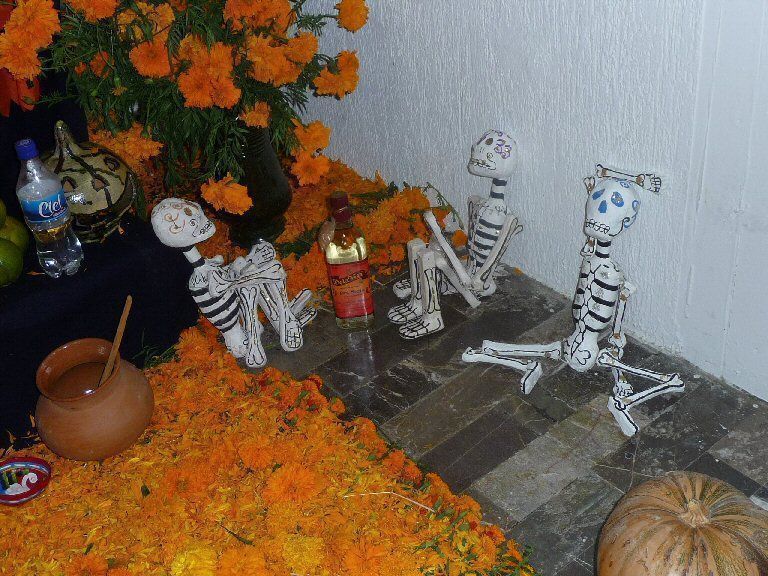

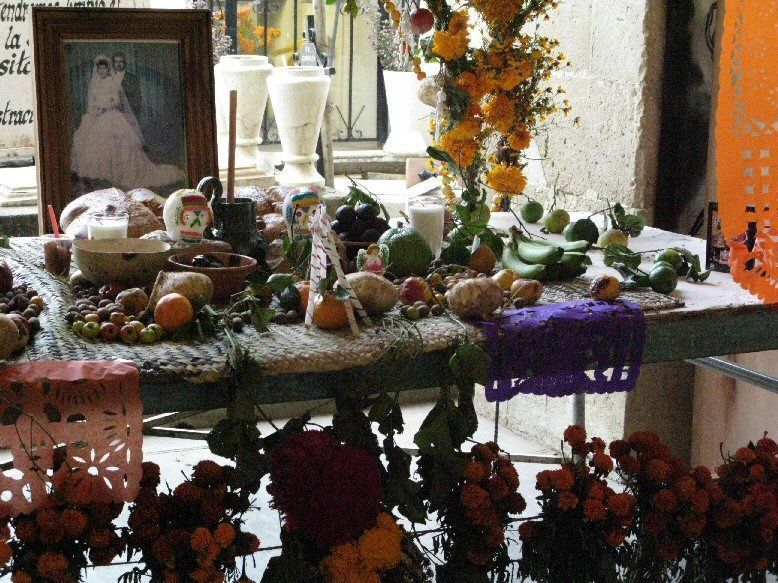
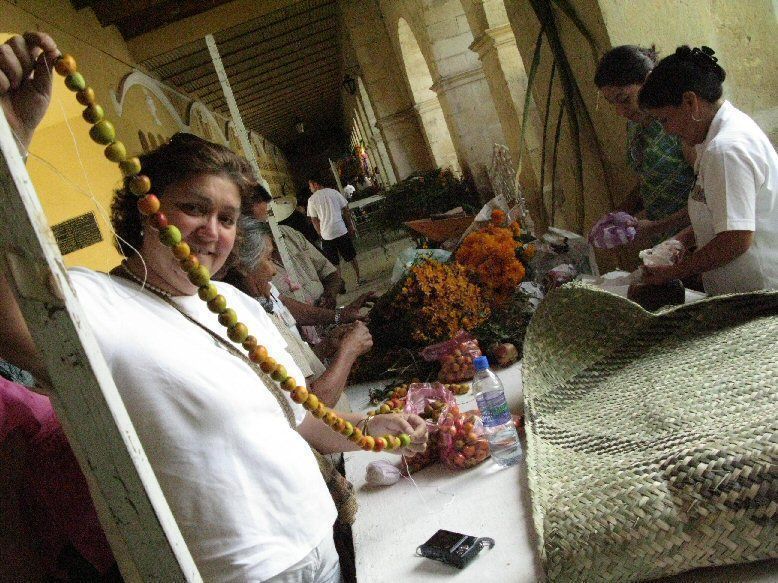
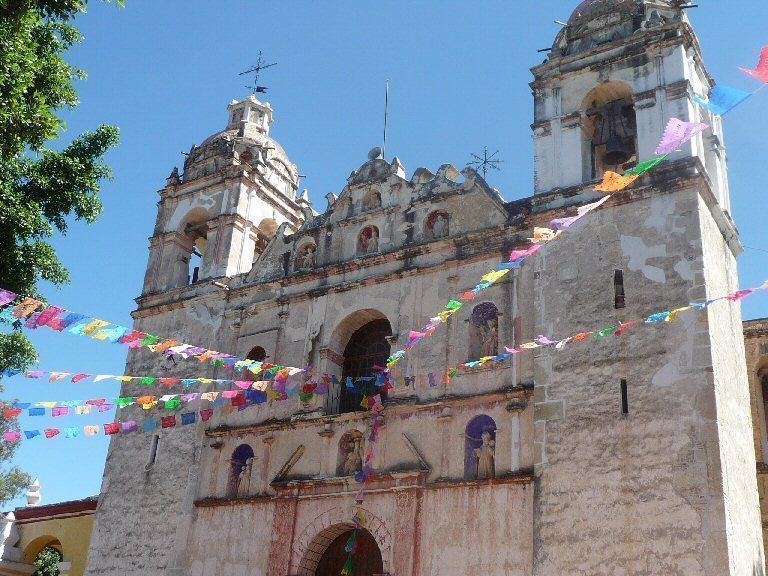

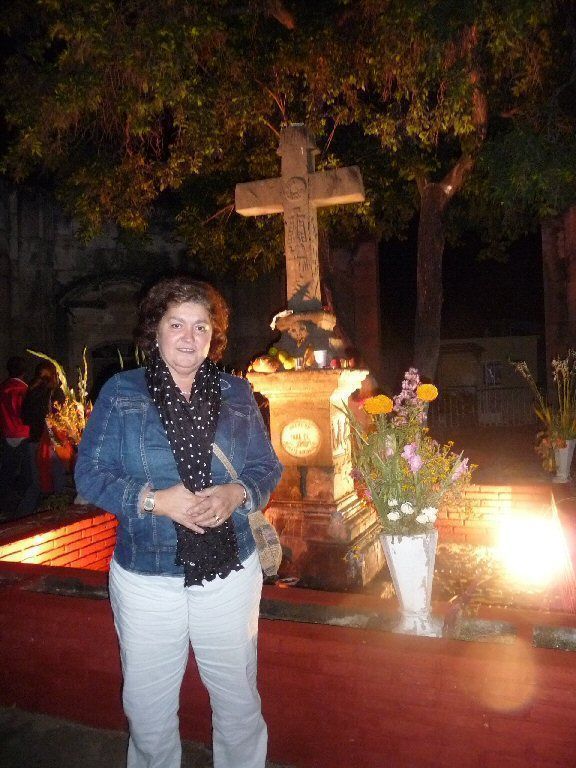
Really informative and valuable blog, keep sharing. Also, you could look Tours and Travels – Coimbatore